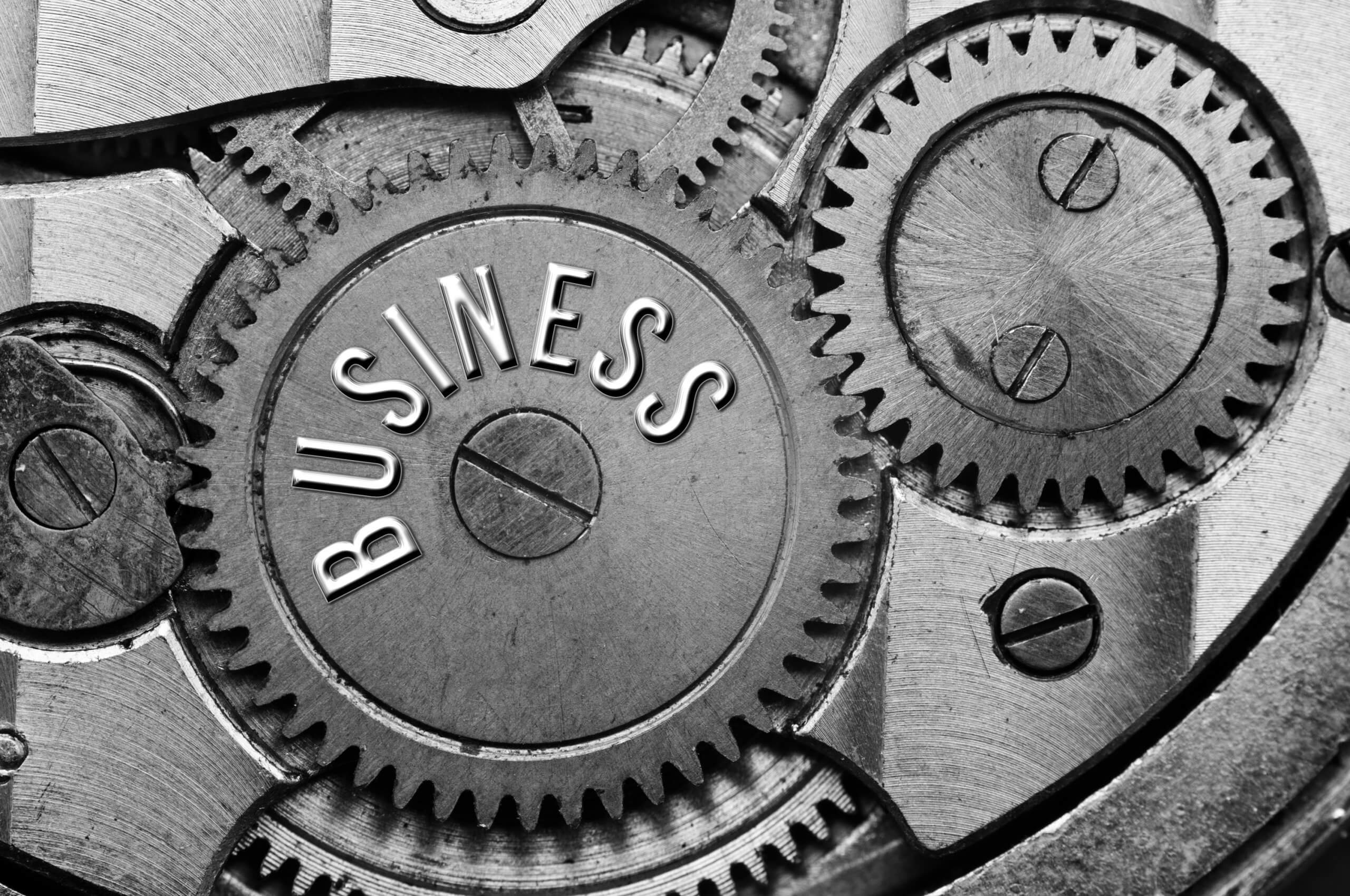Mastering Gearing Ratios: A Guide to Maximizing Business Efficiency
Gearing ratios are essential for any business looking to optimize its financial performance. By understanding and utilizing gearing ratios, companies can make informed decisions about their investments, financing, and overall capital structure. This article will explain why gearing ratios are essential and how to use them effectively.

What are Gearing Ratios?
Gearing ratios are financial metrics that measure the proportion of a company’s debt and equity capital. They evaluate a company’s risk profile, financial stability, and leverage. Furthermore, there are two primary gearing ratios: debt-to-equity ratio and debt-to-assets ratio.
The debt-to-equity ratio measures a company’s debt relative to its equity. It is calculated by dividing a company’s total liabilities by its equity. A high debt-to-equity ratio indicates that a company relies heavily on debt financing, making it more vulnerable to economic downturns and interest rate increases.
On the other hand, the debt-to-assets ratio measures a company’s debt relative to its total assets. It is calculated by dividing a company’s total liabilities by its assets. Moreover, a high debt-to-assets ratio indicates that a company has a significant amount of debt compared to its assets, which may make it challenging to meet its financial obligations.

Why are Gearing Ratios Important?
Gearing ratios are important because they provide insight into a company’s financial health and stability. By analyzing a company’s gearing ratios, investors can evaluate its risk profile and determine whether it is a good investment opportunity. Similarly, lenders can use gearing ratios to assess a company’s ability to repay debt and determine the financing terms.
Gearing ratios are also helpful in determining a company’s optimal capital structure. Companies can maximize their financial performance and minimize risk by finding the right balance of debt and equity financing. For example, a company with a high debt-to-equity ratio may lower its cost of capital by issuing more equity or reducing its debt levels.
How to Use Gearing Ratios Effectively
To use gearing ratios effectively, companies should understand their financial position and risk tolerance. Gearing ratios should be used with other financial metrics, such as profitability, liquidity, and cash flow, to provide a comprehensive view of a company’s financial health.
It’s also important to compare a company’s gearing ratios to its competitors and industry benchmarks. This can provide valuable insights into the company’s risk profile and financial performance. For example, suppose a company’s debt-to-equity ratio is higher than its competitors. In that case, it may take on more risk and need to adjust its capital structure to remain competitive.

Business Statistics
Look at business statistics to see how gearing ratios impact a company’s financial performance.
According to a study by the Harvard Business Review, companies with high debt-to-equity ratios tend to have lower profit margins and higher bankruptcy rates than companies with lower debt-to-equity ratios. This suggests that companies with an increased reliance on debt financing may be more vulnerable to economic downturns and other financial shocks.
Another study by McKinsey & Company found that companies with a debt-to-equity ratio of 1.5 or higher tend to have lower returns on equity than companies with lower gearing ratios. Furthermore, this suggests that there is an optimal level of debt financing that maximizes a company’s financial performance.
Conclusion
Gearing ratios are essential for any business looking to optimize its financial performance. By understanding and utilizing gearing ratios, companies can make informed decisions about their investments, financing, and capital structure. It’s important to use gearing ratios in conjunction with other financial metrics and compare them to industry benchmarks to provide a comprehensive view of a company’s financial health. Overall, by mastering gearing ratios, businesses can minimize risk, maximize profitability, and achieve long-term financial success.
 About Complete Controller® – America’s Bookkeeping Experts Complete Controller is the Nation’s Leader in virtual bookkeeping, providing service to businesses and households alike. Utilizing Complete Controller’s technology, clients gain access to a cloud platform where their QuickBooks™️ file, critical financial documents, and back-office tools are hosted in an efficient SSO environment. Complete Controller’s team of certified US-based accounting professionals provide bookkeeping, record storage, performance reporting, and controller services including training, cash-flow management, budgeting and forecasting, process and controls advisement, and bill-pay. With flat-rate service plans, Complete Controller is the most cost-effective expert accounting solution for business, family-office, trusts, and households of any size or complexity.
About Complete Controller® – America’s Bookkeeping Experts Complete Controller is the Nation’s Leader in virtual bookkeeping, providing service to businesses and households alike. Utilizing Complete Controller’s technology, clients gain access to a cloud platform where their QuickBooks™️ file, critical financial documents, and back-office tools are hosted in an efficient SSO environment. Complete Controller’s team of certified US-based accounting professionals provide bookkeeping, record storage, performance reporting, and controller services including training, cash-flow management, budgeting and forecasting, process and controls advisement, and bill-pay. With flat-rate service plans, Complete Controller is the most cost-effective expert accounting solution for business, family-office, trusts, and households of any size or complexity.



